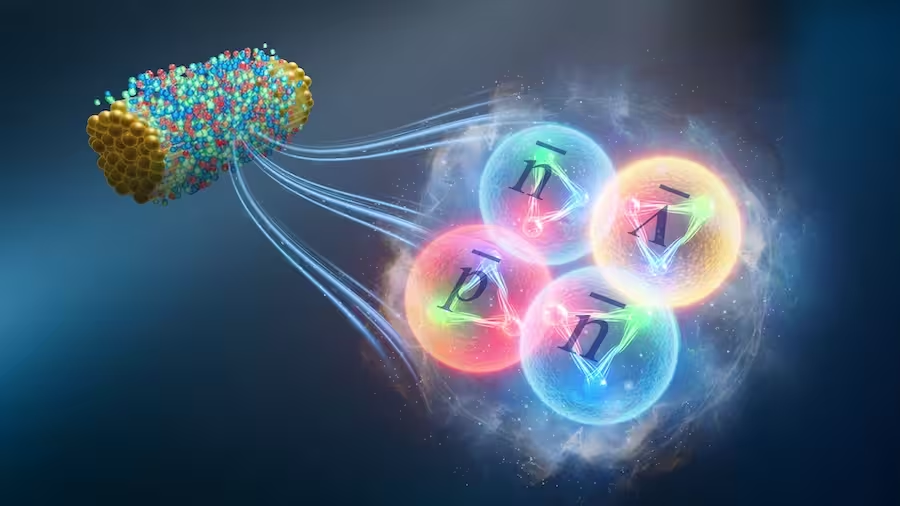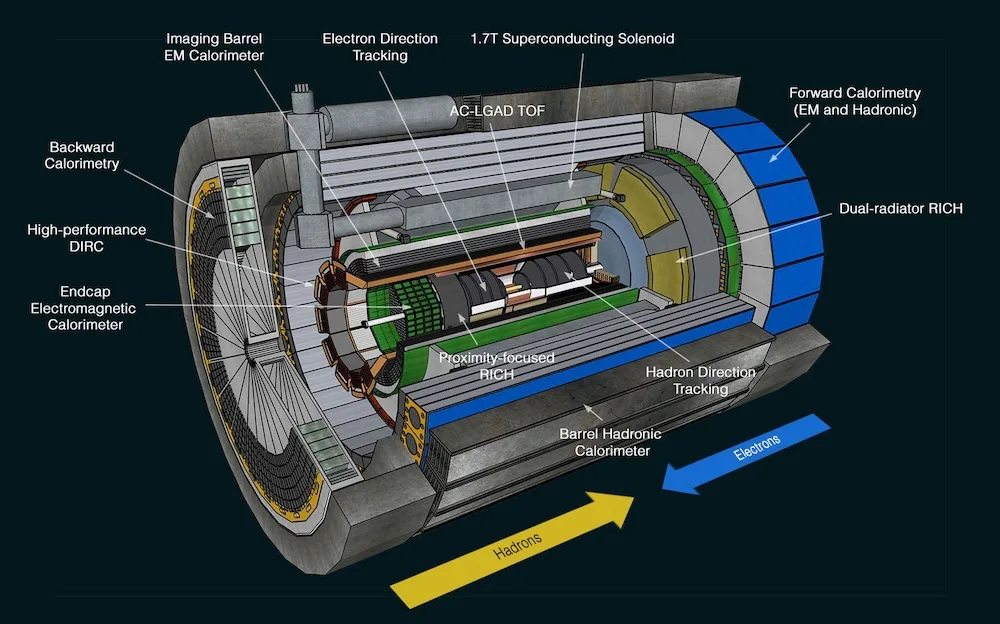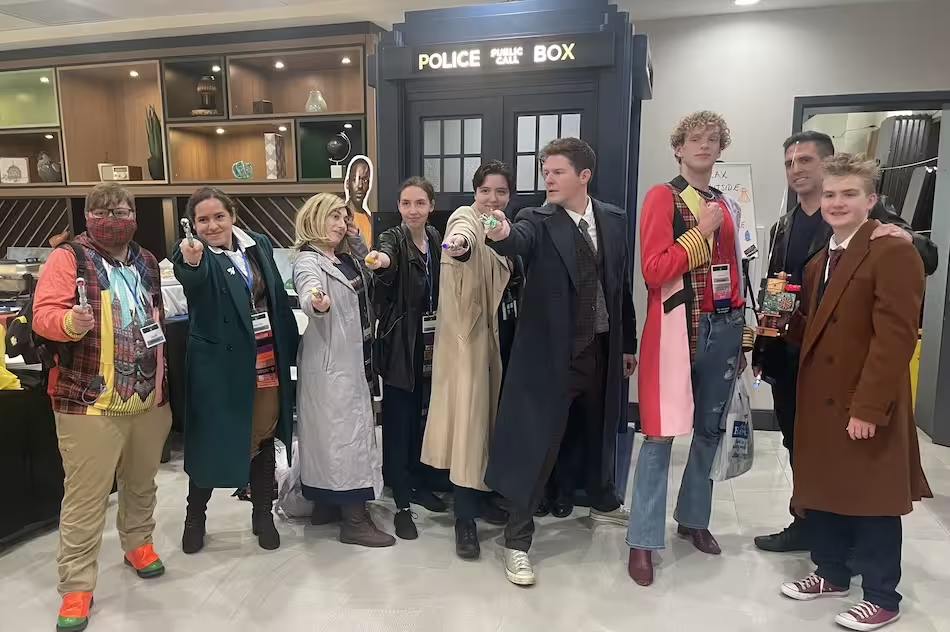Scientists at Brookhaven National Laboratory’s Relativistic Heavy Ion Collider (RHIC) have made a groundbreaking discovery—the heaviest antimatter nucleus ever detected, dubbed antihyperhydrogen-4.
This exotic particle, composed of an antiproton, two antineutrons, and one antihyperon, represents a significant advancement in the study of antimatter. By analyzing data from six billion particle collisions, the research team identified approximately 16 of these rare nuclei. Their findings were published in Nature, showcasing the meticulous work done by the STAR Collaboration team.
The discovery is more than just a record-breaking find; it opens new avenues for understanding the fundamental differences between matter and antimatter. The collisions at RHIC recreate conditions similar to those just after the Big Bang, producing a nearly equal amount of matter and antimatter. Despite this balance, our universe is overwhelmingly composed of matter. The study of these heavy antinuclei could provide critical insights into why this imbalance exists—a question that has puzzled scientists for decades.
About the RHIC: RHIC is the world’s first machine capable of colliding heavy ions, particularly gold ions, which have densely packed nuclei ideal for such high-energy experiments. These collisions occur at nearly the speed of light, with the beams traveling around RHIC’s 2.4-mile “racetrack” before smashing together. When these ions collide, the extreme temperatures and pressures briefly melt protons and neutrons, freeing their constituent quarks and gluons. Although each collision only lasts a few billionths of a second, they generate temperatures thousands of times hotter than the sun, allowing physicists to gather crucial clues about the early universe.
Detecting antihyperhydrogen-4 was no small feat. The STAR physicists had to sift through billions of collision events, searching for the rare instances where the necessary components—one antiproton, two antineutrons, and one antilambda particle—came together to form this unstable nucleus. The team’s success in isolating these particles from the vast amounts of data is a testament to their precision and dedication. Their work not only confirms existing theories about antimatter but also pushes the boundaries of what we know about the universe.
Looking ahead, the STAR Collaboration team plans to delve deeper into the properties of these particles, comparing them with their matter counterparts. They hope to measure the mass differences between particles and antiparticles, potentially revealing new insights into the fundamental symmetries of the universe. For now, this discovery stands as a remarkable achievement in the field of particle physics, underscoring the importance of continued exploration at the frontiers of science.
For more details, check out the full article here.
Photo: From the Brookhaven National Lab website. An artistic representation of antihyperhydrogen-4 — an antimatter hypernucleus made of an antiproton, two antineutrons, and an antilambda particle — created in a collision of two gold nuclei (left). (Courtesy of Institute of Modern Physics, China)




